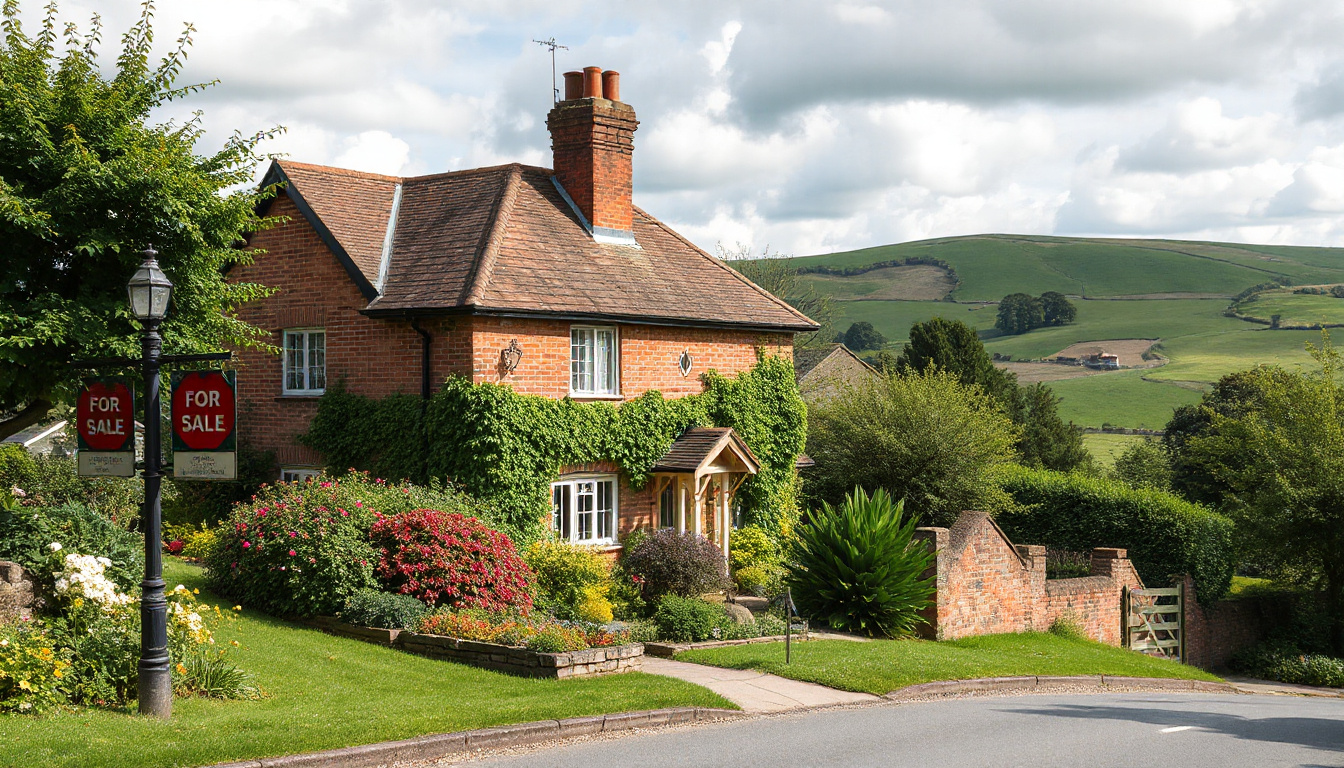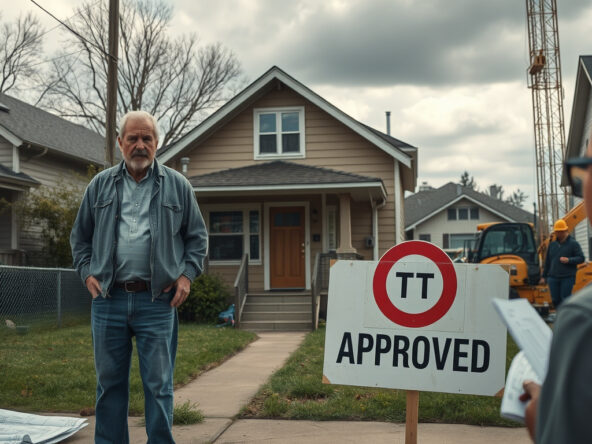Increased Council Tax on Second Homes: What Property Investors Should Know
In April 2025, property owners (with second homes in various parts of England) face council tax bill increases that are marked and steep. A law enacted in early 2024 now permits local authorities to set a council tax premium reaching 100% on properties that courts classify not as main residences.
Understanding the Changes
The policy aims to correct the housing shortage that local residents experience, and it does so by taxing second homes that sit in regions where housing remains scarce. Homeowners, when measured annually, will see an escalation from roughly £2,171 to near £4,342. Local authorities—counting over 150 in number—must now enforce a premium designed for regions that attract visitors, such as coastal towns and rural escapes; similar rules exist in Scotland and Wales, where the tax on property not used as the primary home is even steeper.
Types of Properties Affected
The regulation applies solely to properties that serve as second homes—those furnished and not used as the main residence. Investors in buy-to-let schemes see little need for disquiet because, typically, tenants carry the council tax burden. In cases where a property, divided into several rental rooms, qualifies as a household in multiple occupation, the owner carries the tax. Properties that remain vacant for long periods also draw extra charges. Exceptions may exist for properties under substantial renovation or for those inherited during transitional phases.
Potential Counters to Council Tax Increase
Property investors, when faced with rising costs, may opt to shift their use of a residence from a second home to a holiday let; however, this substitution brings its own limits on personal use and transforms tax responsibility from council tax to business rates. Investors are advised to monitor council decisions in high-demand areas, and they should verify details on local authority websites to ascertain the precise effect on individual properties.
Conclusion
As council tax premiums on second homes materialize, property investors and owners must review their positions and plan strategies for cost control. In a landscape where every interlinked clause binds meaning to decision, understanding these modifications in council tax procedures remains paramount for making well-informed judgments in property investment.



